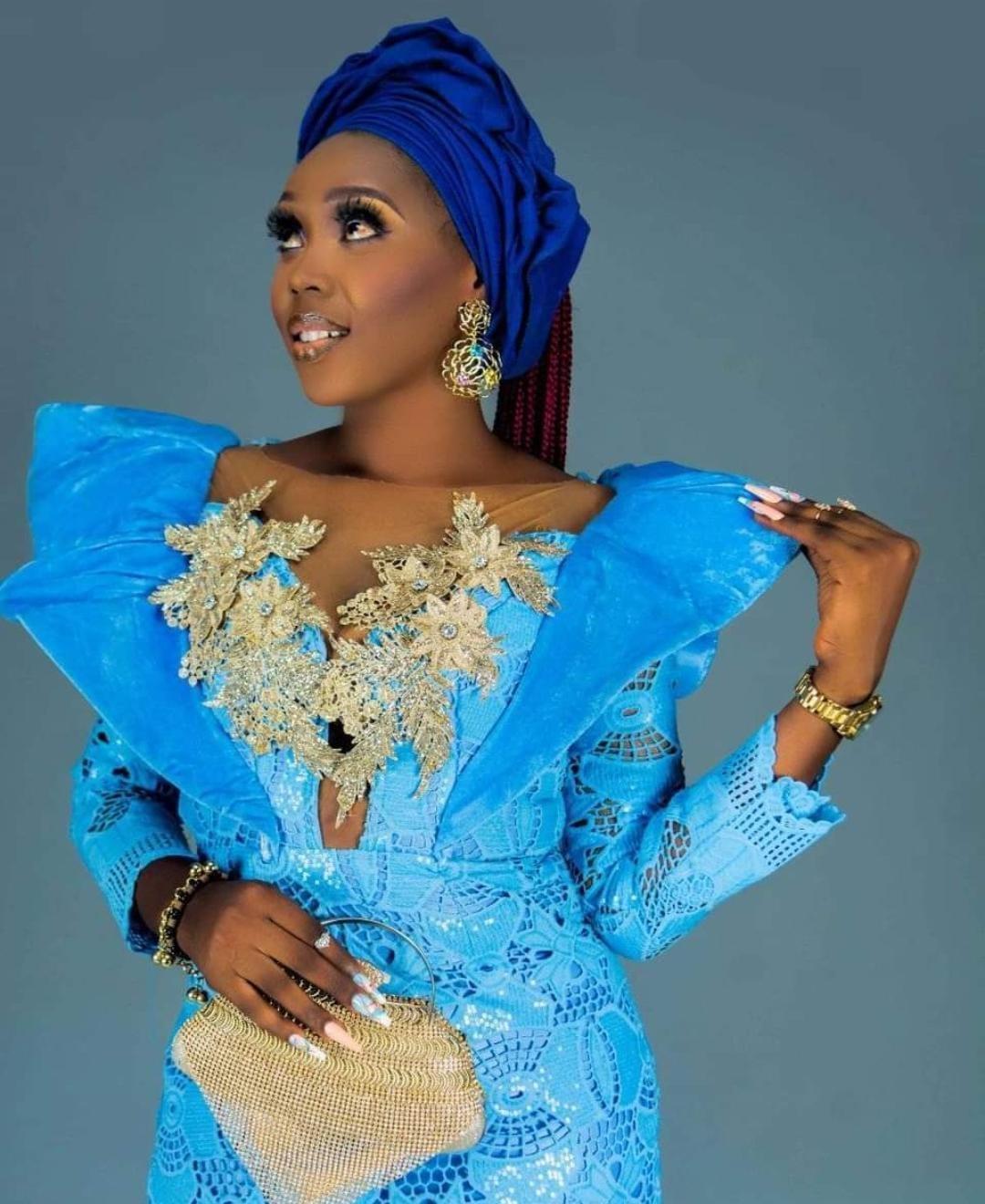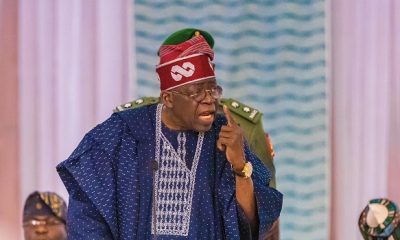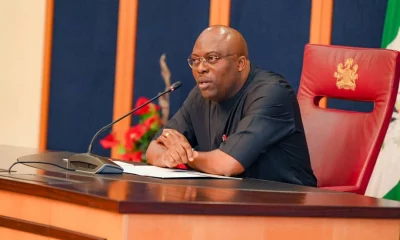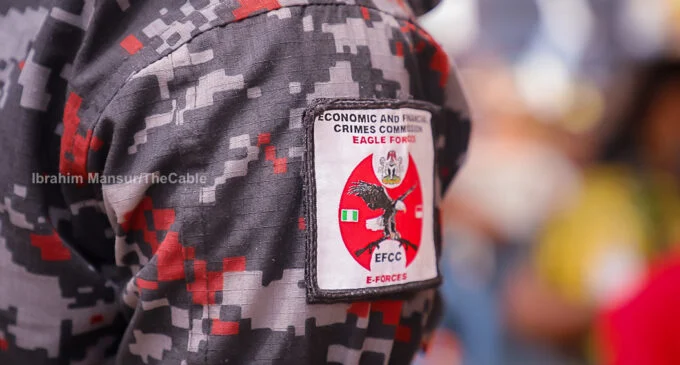By Kemi Omobomi
5 ways To Tap Into A Student’s Creative Reservoir
There is a prevailing perception that choreography is the domain of highly trained and uniquely talented dance artists, and certainly the world’s most-celebrated choreographies have come from that base.
But appealing choreographies also can be crafted by novices—students, for instance, who have had only a few years, if any, of formal dance instruction and have had little or no experience in the craft. Following are five suggested steps that can help inspire students—both trained and untrained—to undertake the challenge of choreographing dance and to enjoy success and satisfaction in the experience.
1. Initiate an open-ended discussion with three activities:
Ask: What is choreography?
Generate a collective sampling of choreographies that class members have seen and/or participated in and the source. For instance: a Hollywood film; a school musical; a dance recital; a dance video; a rock concert; or a TV show.
Assess what they found appealing about any choreographies they had experienced. For instance, were they especially drawn in by: the dance style; controlling theme; synthesis of music and dance movements; structural patterns; quality of dance; costuming; other—or by more than one of these aspects.
2. Introduce a theoretical analysis of basic elements that contribute to the development of a successful
choreography.
The assertion that a choreographic work is a composition that builds with the same logical and aesthetic properties that make for a successful essay can start the conversation. Establishing that choreography, like an essay, has a structural pattern and a texture governed by a controlling purpose can help support the assertion. Explaining that the structural pattern emerges from interrelated parts and a point of view, bound together in a unique pattern of emphasis, subordination, and coordination, and that texture projects elements such as tone (assonance, dissonance; satire, humor), rhythm, the “syntax”, “diction,” and “rhetorical” qualities of movement (expansion, compression, hesitation, abruptness, fluency, etc.) helps clarify the assertion.
Noteworthy, also, is the point that any composition—music scores, architectural designs, genres of literature, designs of automobiles, etc.,—is a mathematical equation with a goal to achieve organic unity in weaving all elements of structure and texture together effectively to make a singular impact. A probe of the structure and texture of one or two of the above examples of compositions could help clarify the theoretical analysis.
3. Find a source of inspiration
With students working individually or collaboratively, have them generate an open-ended list of creative possibilities, eventually focusing on one as the centerpiece for developing an original choreography. Students could be encouraged to explore not only classical sources such as myths, fairy tales, and legendary stories, but also to “think outside of the box.” Citing, or showing Web or video clips of some examples of well-known classical choreographies, as well as some that build on “unorthodox” sources, for instance: Bob Fosse’s “baseball” dance score in Damn Yankees, the “court scene” choreography in Chicago, or Twyla Thorpe’s Push Comes to Shove could be helpful.
Literature selections could also be compelling sources of inspiration—poems, novels, dramatic scripts, short stories, as could a favorite painting. Choreographic designs could be in straight narrative, scenes of dance-drama, or abstract floor patterns, or built on an abstract concept such as “anger,” “jealousy,” “separate peace.” There are many creative possibilities.
The venue for such an undertaking need not be limited to a dance-specific class. Original dance choreographies can support and enrich target lessons in disciplines throughout a school curriculum: science, math, history, English, foreign language, studio art, drama, music, and a variety of special electives.
4. Shape a defined pattern for the actual design of a choreographic work
Collaboration in flushing out creative options for this “drawing board” step could be valuable, whether or not the final product is to be crafted by an individual or by a collaborative team.
Elements of the design that could be explored through peer input and evaluation could include, for instance: judgment about how the choreography should open, what aspects should be highlighted, whether or not there should be one or a few dancers and/or the integration of a corps of dancers —and, if so, what purpose(s) each would serve in relation to the controlling purpose of the design.
Other considerations could involve delineation of dance movements, spatial relationships of floor patterns, lighting, costuming, and the ending. Exploring options for focus and implementation could infuse energy into the creative process and final product, as well as spark a deeper level and range of class engagement in the enterprise.
5. Present the choreography
A brief initial presentation by the choreographer(s), sharing anecdotes of challenges encountered in the process, could evoke special interest. A follow-up peer critique could be valuable, not only as an assessment of the creative design but also as a general lesson in composition. A rubric, stressing an analysis of achievements built on some of the aspects outlined in preceding steps, followed by any specific suggestions for improvements could help insure a positive and substantive evaluation.
Another worthwhile follow-up activity could be to set up collaborative teams to explore ways to re-shape the original design, using the same basic components used in the original. This might involve, for instance, re-thinking the opening, and/or the “weighting” of various elements of the design from the point of view of what could be more heavily emphasized, subordinated, or coordinated to achieve more impact.
Turning students loose to tap into a creative reservoir they probably didn’t realize they possessed, in a domain where probably most have not ventured before, can produce delightful results and provide a worthwhile experience for all involved

 News3 years ago
News3 years ago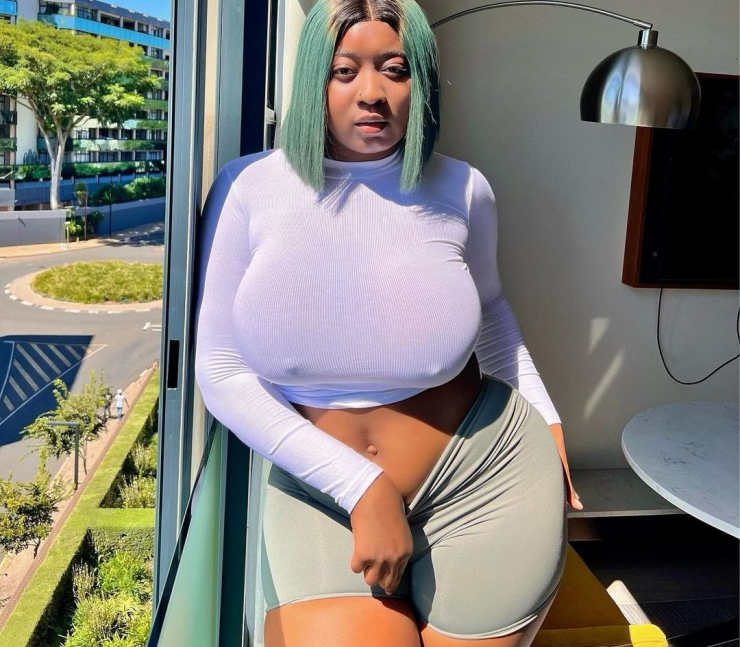
 Entertainment2 years ago
Entertainment2 years ago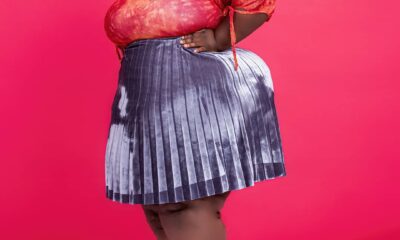
 News3 years ago
News3 years ago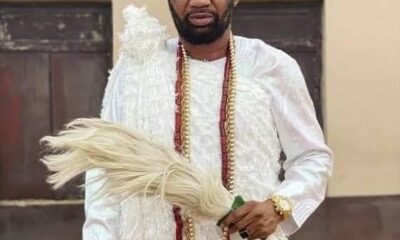
 Privacy3 years ago
Privacy3 years ago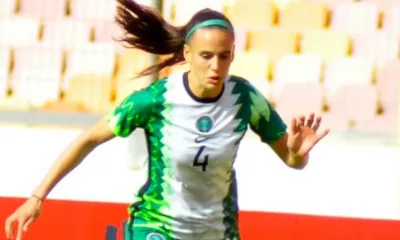
 Sports2 years ago
Sports2 years ago
 Entertainment2 years ago
Entertainment2 years ago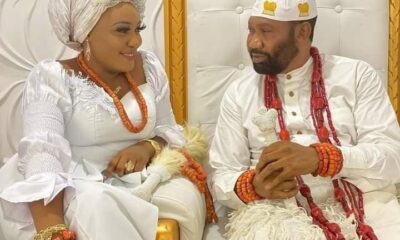
 Opinion3 years ago
Opinion3 years ago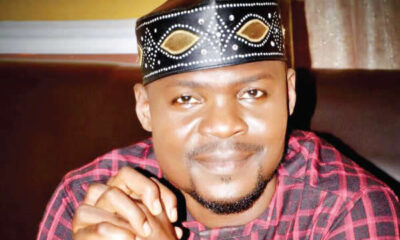
 News3 years ago
News3 years ago
